The Evolution of Healthcare Analytics
The landscape of healthcare has undergone significant changes over the years, particularly with the integration of analytics. Understanding the evolution of healthcare analytics trends is essential for grasping its current importance and future potential.
Importance of Analytics in Healthcare
Analytics plays a crucial role in enhancing the quality of care and operational efficiency within the healthcare sector. By leveraging data, healthcare providers can make informed decisions that lead to improved patient outcomes. The use of analytics allows for better resource allocation, identification of trends, and the ability to predict patient needs.
The following table illustrates the key benefits of analytics in healthcare:
| Benefit | Description |
|---|---|
| Improved Patient Outcomes | Data-driven insights lead to personalized treatment plans. |
| Enhanced Operational Efficiency | Streamlined processes reduce wait times and costs. |
| Predictive Insights | Anticipating patient needs helps in proactive care. |
| Informed Decision-Making | Evidence-based strategies improve overall care quality. |
For more insights on the broader implications of analytics, refer to our article on healthcare industry trends.
Impact of Analytics on Private Healthcare
In private healthcare, analytics has transformed how services are delivered and managed. The ability to analyze patient data allows private providers to tailor their services to meet specific patient needs. This customization enhances patient satisfaction and loyalty.
Private healthcare organizations are increasingly adopting advanced analytics tools to monitor performance metrics, patient feedback, and treatment outcomes. The following table highlights the impact of analytics on private healthcare:
| Impact Area | Description |
|---|---|
| Patient Satisfaction | Personalized care leads to higher satisfaction rates. |
| Cost Management | Data analysis helps identify cost-saving opportunities. |
| Quality of Care | Continuous monitoring ensures adherence to best practices. |
| Competitive Advantage | Data-driven strategies enhance market positioning. |
For further exploration of how analytics is shaping the healthcare landscape, check out our article on healthcare technology trends.
Key Trends in Healthcare Analytics
Healthcare analytics is rapidly evolving, driven by advancements in technology and the increasing need for data-driven decision-making. Young professionals considering private healthcare should be aware of the following key trends shaping the future of healthcare analytics.
Predictive Analytics
Predictive analytics involves using historical data and statistical algorithms to forecast future outcomes. In healthcare, this trend is particularly valuable for identifying potential health risks and improving patient outcomes. By analyzing patterns in patient data, healthcare providers can anticipate complications and tailor interventions accordingly.
| Application | Benefits |
|---|---|
| Disease Prediction | Early identification of at-risk patients |
| Resource Allocation | Optimizing staff and equipment usage |
| Patient Engagement | Personalized communication strategies |
For more insights on how analytics can transform patient care, explore our article on healthcare industry trends.
Real-Time Data Analytics
Real-time data analytics allows healthcare professionals to access and analyze data as it is generated. This capability is crucial for making timely decisions in critical situations. By leveraging real-time data, healthcare providers can monitor patient conditions, track treatment effectiveness, and respond swiftly to changes in health status.
| Key Features | Advantages |
|---|---|
| Instant Access | Immediate insights for better decision-making |
| Enhanced Monitoring | Continuous tracking of patient health metrics |
| Improved Communication | Facilitates collaboration among care teams |
To learn more about the impact of technology on healthcare, check out our article on healthcare technology trends.
Artificial Intelligence and Machine Learning
Artificial intelligence (AI) and machine learning (ML) are revolutionizing healthcare analytics by enabling systems to learn from data and improve over time. These technologies can analyze vast amounts of data to identify trends, automate processes, and enhance diagnostic accuracy. AI and ML applications in healthcare include image recognition, natural language processing, and predictive modeling.
| Application | Impact |
|---|---|
| Diagnostic Tools | Increased accuracy in disease detection |
| Workflow Automation | Streamlined administrative tasks |
| Personalized Treatment | Tailored therapies based on patient data |
For further exploration of emerging technologies in healthcare, refer to our article on emerging trends in healthcare industry.
Understanding these healthcare analytics trends is essential for young professionals navigating the private healthcare landscape. By staying informed, they can leverage these advancements to improve patient care and operational efficiency.
Improving Patient Care
Healthcare analytics trends are significantly enhancing patient care by enabling more personalized treatment options, effective monitoring, and accessible healthcare services. This section explores three key areas where analytics is making a difference: personalized medicine, remote patient monitoring, and telemedicine.
Personalized Medicine
Personalized medicine tailors medical treatment to the individual characteristics of each patient. By analyzing genetic, environmental, and lifestyle factors, healthcare providers can develop customized treatment plans that are more effective than traditional one-size-fits-all approaches.
The use of healthcare analytics allows for the identification of specific patient needs and responses to treatments. This trend is particularly beneficial in areas such as oncology, where targeted therapies can be developed based on a patient’s genetic profile.
| Key Benefits of Personalized Medicine | Description |
|---|---|
| Improved Treatment Outcomes | Tailored therapies lead to better patient responses. |
| Reduced Side Effects | Customized treatments minimize adverse reactions. |
| Enhanced Patient Engagement | Patients are more involved in their care decisions. |
For more insights on this topic, refer to our article on personalized healthcare trends.
Remote Patient Monitoring
Remote patient monitoring (RPM) utilizes technology to monitor patients’ health data outside of traditional clinical settings. This approach allows healthcare providers to track vital signs, medication adherence, and other health metrics in real-time.
Analytics play a crucial role in RPM by processing the data collected from wearable devices and mobile applications. This information helps healthcare professionals identify potential health issues early and intervene promptly, improving patient outcomes.
| Common Metrics Monitored | Description |
|---|---|
| Heart Rate | Continuous tracking of heart activity. |
| Blood Pressure | Regular monitoring to manage hypertension. |
| Glucose Levels | Essential for diabetes management. |
For further details on how technology is transforming patient care, check out our article on healthcare technology trends.
Telemedicine and Virtual Care
Telemedicine has gained popularity as a convenient way for patients to access healthcare services remotely. Through video consultations and online platforms, patients can receive medical advice, follow-up care, and even prescriptions without needing to visit a healthcare facility.
Analytics enhance telemedicine by providing insights into patient behavior, appointment trends, and treatment effectiveness. This data helps healthcare providers optimize their services and improve patient satisfaction.
| Advantages of Telemedicine | Description |
|---|---|
| Increased Accessibility | Patients can access care from anywhere. |
| Cost-Effectiveness | Reduces travel and associated costs. |
| Time Efficiency | Shorter wait times for consultations. |
To learn more about the evolving landscape of telemedicine, visit our article on healthcare delivery trends.
By leveraging healthcare analytics trends, the industry is making significant strides in improving patient care. These advancements not only enhance treatment effectiveness but also promote patient engagement and satisfaction.
Enhancing Operational Efficiency
Operational efficiency is crucial in the healthcare sector, particularly in private healthcare settings. By leveraging healthcare analytics trends, organizations can streamline processes, reduce costs, and improve service delivery. This section explores three key areas where analytics can enhance operational efficiency: supply chain management, revenue cycle management, and fraud detection and prevention.
Supply Chain Management
Effective supply chain management is essential for ensuring that healthcare facilities have the necessary resources to provide quality care. Analytics can help organizations optimize inventory levels, forecast demand, and reduce waste. By analyzing historical data and current trends, healthcare providers can make informed decisions about purchasing and stocking supplies.
| Key Metrics | Impact of Analytics |
|---|---|
| Inventory Turnover Rate | Improved efficiency in stock management |
| Order Fulfillment Time | Reduced delays in supply delivery |
| Waste Reduction | Lower costs and improved sustainability |
Implementing analytics in supply chain management can lead to significant cost savings and improved patient care. For more insights on industry trends, refer to our article on healthcare industry trends.
Revenue Cycle Management
Revenue cycle management (RCM) is critical for the financial health of healthcare organizations. Analytics can enhance RCM by identifying bottlenecks in billing processes, improving claims management, and optimizing collections. By utilizing data analytics, organizations can track key performance indicators (KPIs) and make data-driven decisions to improve cash flow.
| Key Metrics | Impact of Analytics |
|---|---|
| Days in Accounts Receivable | Decreased time for payment collection |
| Claim Denial Rate | Reduced denials through better coding |
| Net Collection Rate | Increased revenue through efficient processes |
By focusing on RCM analytics, healthcare providers can ensure financial stability while continuing to deliver high-quality care. For more information on financial trends in healthcare, check out our article on healthcare finance trends.
Fraud Detection and Prevention
Fraud in healthcare can lead to significant financial losses and undermine trust in the system. Analytics plays a vital role in detecting and preventing fraudulent activities. By analyzing patterns and anomalies in billing and claims data, organizations can identify potential fraud and take corrective actions.
| Key Metrics | Impact of Analytics |
|---|---|
| Fraud Detection Rate | Increased identification of fraudulent claims |
| Cost Savings from Fraud Prevention | Reduced financial losses |
| Compliance Rate | Improved adherence to regulations |
Implementing robust analytics for fraud detection not only protects financial resources but also enhances the overall integrity of the healthcare system. For further insights into compliance and regulatory trends, refer to our article on healthcare compliance trends.
Data Security and Privacy
As healthcare analytics continues to evolve, ensuring data security and privacy has become paramount. Young professionals considering private healthcare must understand the importance of compliance with regulations and the implementation of robust data protection measures.
Compliance with Regulations
Healthcare organizations are required to adhere to various regulations that govern data security and patient privacy. These regulations are designed to protect sensitive health information and ensure that organizations handle data responsibly. Key regulations include:
| Regulation | Description |
|---|---|
| HIPAA (Health Insurance Portability and Accountability Act) | Establishes national standards for the protection of health information. |
| HITECH (Health Information Technology for Economic and Clinical Health Act) | Promotes the adoption of health information technology and strengthens HIPAA privacy and security protections. |
| GDPR (General Data Protection Regulation) | Applies to organizations handling personal data of EU citizens, emphasizing data protection and privacy. |
Compliance with these regulations is essential for healthcare organizations to avoid legal penalties and maintain patient trust. Organizations must implement policies and training programs to ensure that all staff members understand their responsibilities regarding data security.
Data Encryption and Protection Measures
Data encryption is a critical component of safeguarding sensitive healthcare information. By converting data into a coded format, encryption ensures that even if data is intercepted, it remains unreadable without the proper decryption key. This is particularly important in the context of healthcare analytics, where large volumes of personal data are processed.
In addition to encryption, healthcare organizations should adopt various protection measures, including:
| Protection Measure | Description |
|---|---|
| Access Controls | Limiting access to sensitive data to authorized personnel only. |
| Regular Audits | Conducting periodic assessments to identify vulnerabilities and ensure compliance with security policies. |
| Data Backup | Implementing regular data backup procedures to prevent data loss in case of breaches or system failures. |
By prioritizing data security and privacy, healthcare organizations can effectively navigate the landscape of healthcare analytics trends while ensuring the protection of patient information. Understanding these aspects is crucial for young professionals as they consider their roles in the private healthcare sector.
The Future Landscape of Healthcare Analytics
The future of healthcare analytics is poised for significant transformation, driven by advancements in technology and the increasing need for data-driven decision-making. Key areas of focus include the integration of data sources, collaboration and interoperability, and continuous innovation and adaptation.
Integration of Data Sources
Integrating various data sources is essential for creating a comprehensive view of patient health and operational efficiency. By combining data from electronic health records (EHRs), wearable devices, and patient feedback, healthcare providers can gain deeper insights into patient care and outcomes.
| Data Source | Description |
|---|---|
| Electronic Health Records (EHRs) | Digital versions of patients’ paper charts, containing medical history, diagnoses, medications, and treatment plans. |
| Wearable Devices | Technology that monitors health metrics such as heart rate, activity levels, and sleep patterns. |
| Patient Feedback | Surveys and reviews that provide insights into patient satisfaction and care experiences. |
The integration of these data sources allows for more accurate predictive analytics and personalized treatment plans. For more on how data integration is shaping the healthcare landscape, refer to our article on healthcare data trends.
Collaboration and Interoperability
Collaboration among healthcare providers and interoperability between systems are critical for effective healthcare analytics. When different healthcare entities can share and access data seamlessly, it enhances communication and improves patient care.
Interoperability enables healthcare systems to work together, allowing for the exchange of information across various platforms. This collaboration can lead to better care coordination, reduced errors, and improved patient outcomes.
| Benefit | Description |
|---|---|
| Improved Care Coordination | Facilitates communication between providers, ensuring that all team members are informed about patient care. |
| Reduced Errors | Minimizes the risk of miscommunication and data entry errors by providing accurate, real-time information. |
| Enhanced Patient Outcomes | Leads to more informed decision-making and personalized care plans based on comprehensive data. |
For insights into how collaboration is evolving in the healthcare sector, explore our article on healthcare collaboration trends.
Continuous Innovation and Adaptation
The healthcare analytics landscape is characterized by continuous innovation and adaptation. As technology evolves, healthcare organizations must stay abreast of emerging tools and methodologies to enhance their analytics capabilities.
This includes adopting advanced technologies such as artificial intelligence (AI) and machine learning, which can analyze vast amounts of data quickly and accurately. These innovations enable healthcare providers to identify trends, predict patient needs, and optimize resource allocation.
| Innovation | Impact |
|---|---|
| Artificial Intelligence | Enhances data analysis, leading to more accurate predictions and personalized care. |
| Machine Learning | Automates data processing, allowing for real-time insights and improved decision-making. |
| Advanced Visualization Tools | Provides intuitive dashboards that help healthcare professionals interpret data effectively. |
For a deeper understanding of the latest innovations in healthcare analytics, check out our article on healthcare innovation trends.
The future of healthcare analytics is bright, with the potential to significantly improve patient care and operational efficiency through integration, collaboration, and continuous innovation. Young professionals considering private healthcare should stay informed about these trends to leverage the benefits of advanced analytics in their practice.
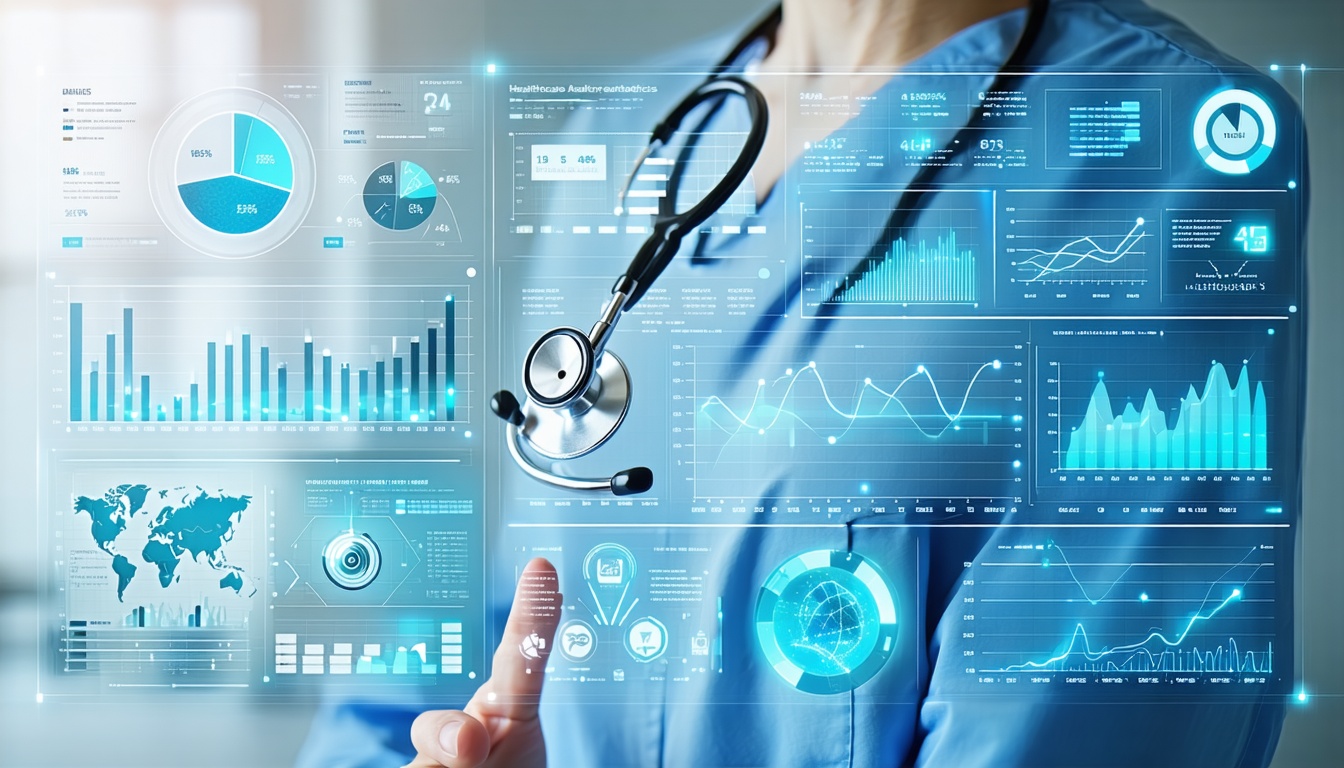
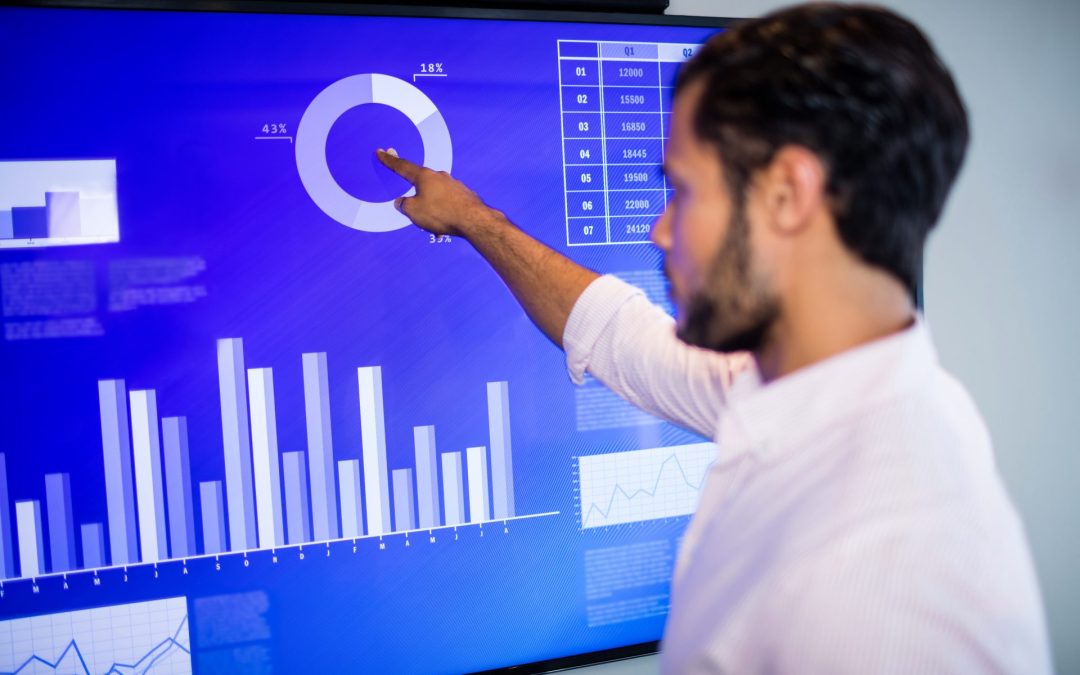
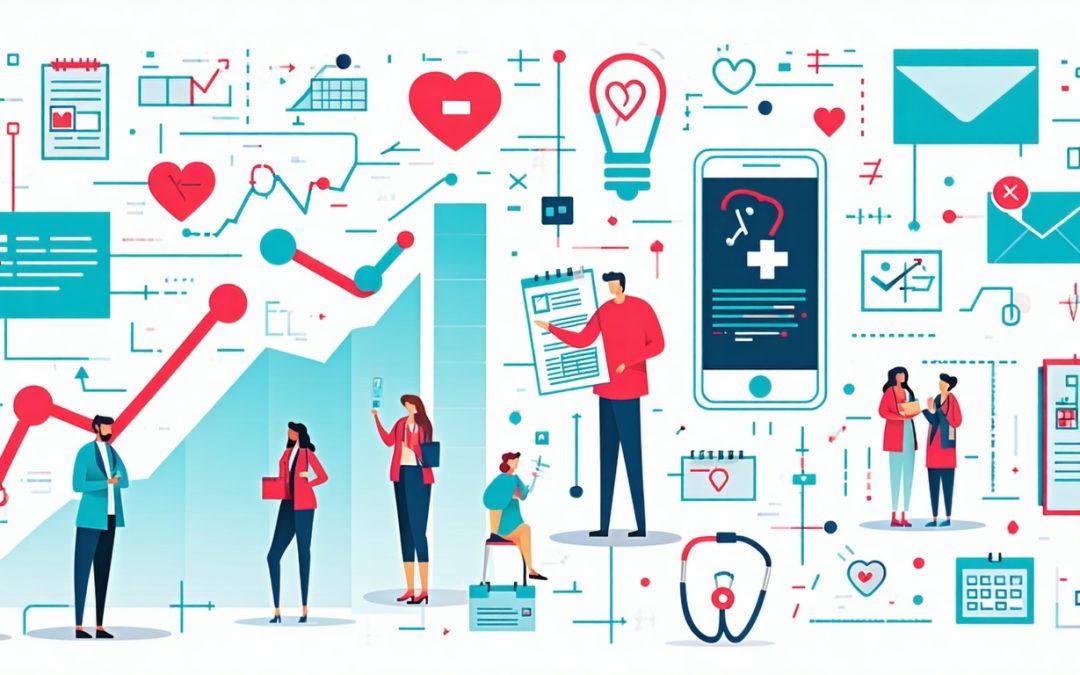
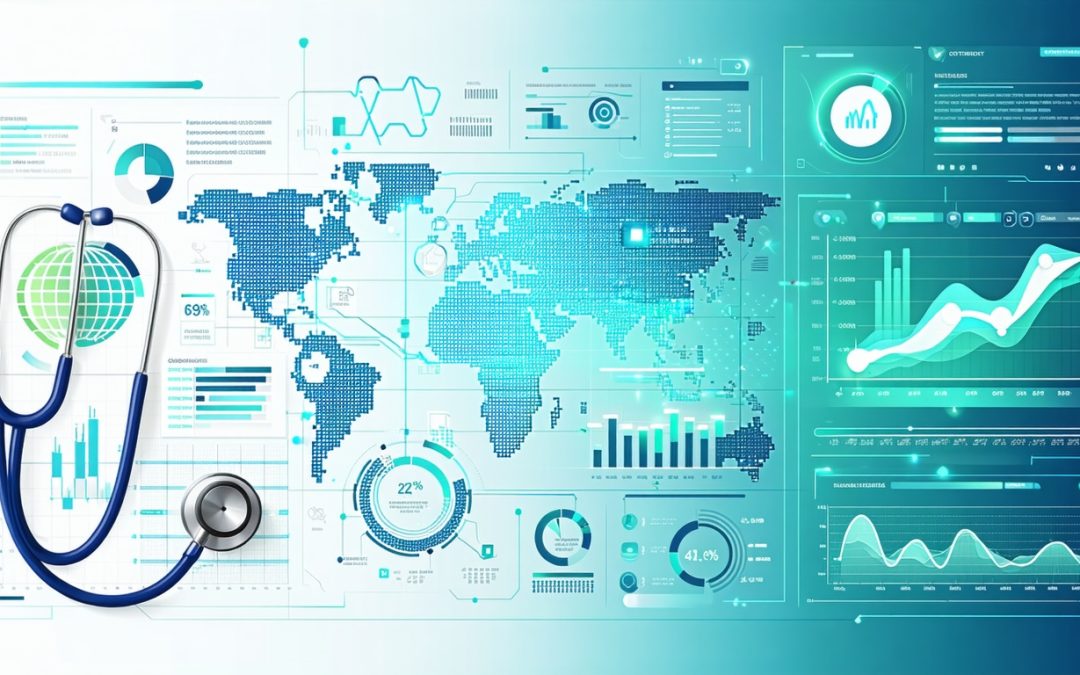
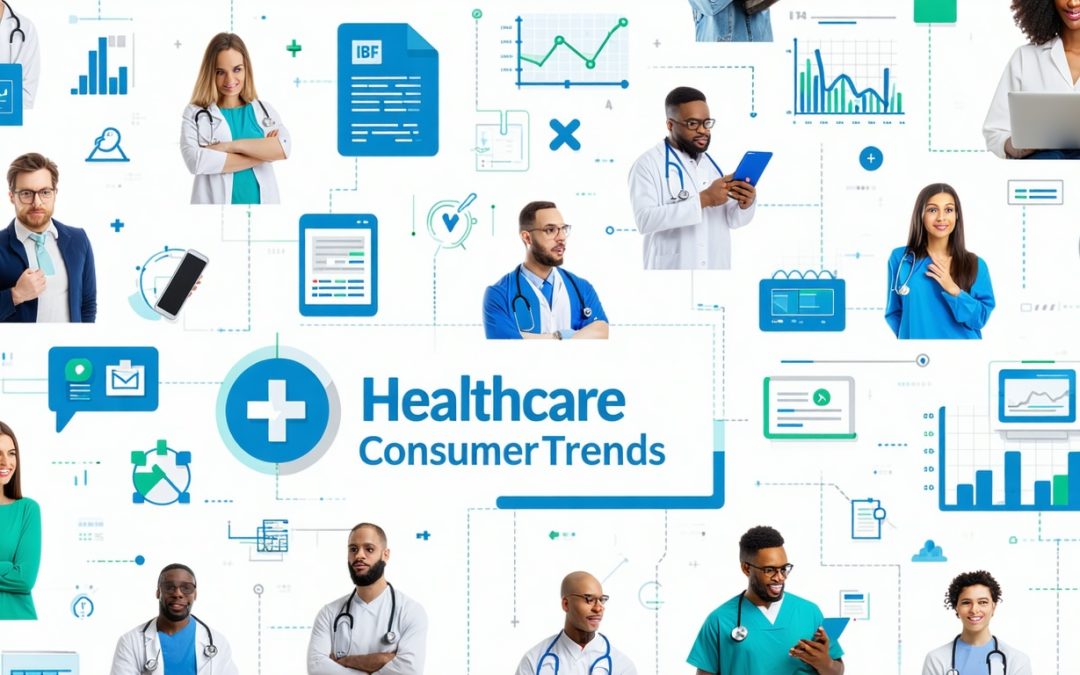
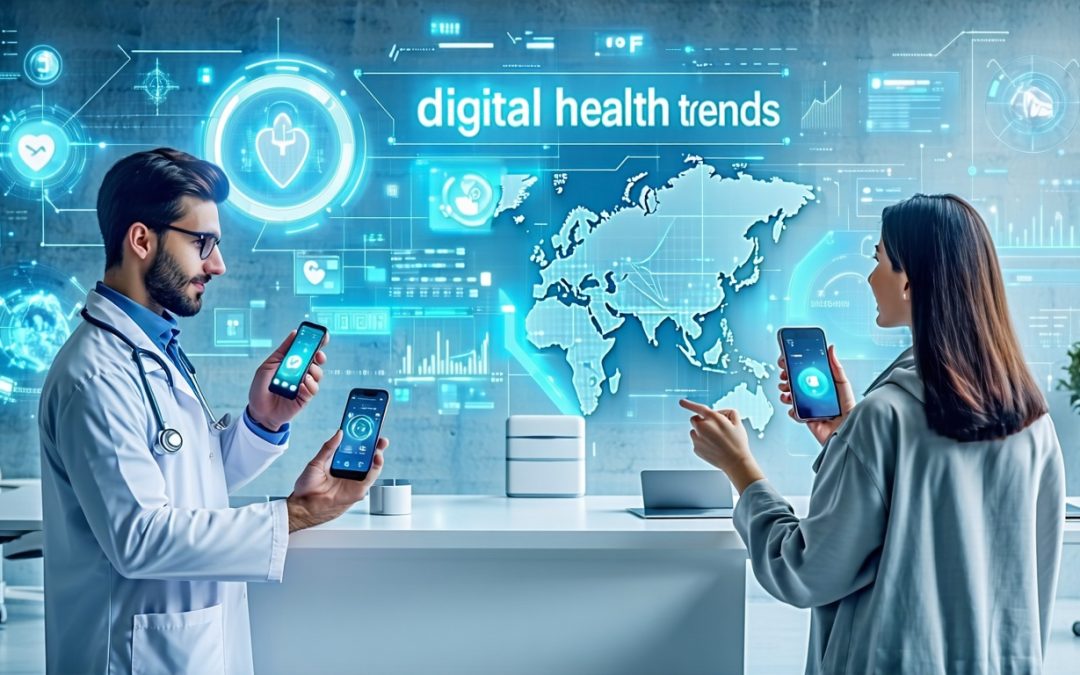
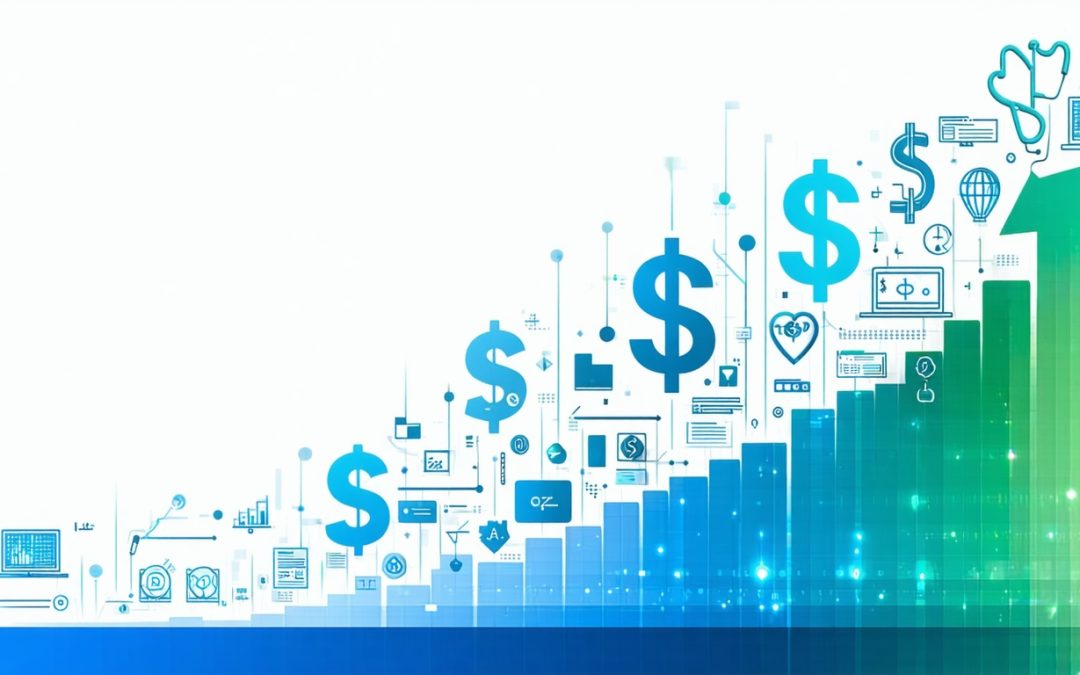





0 Comments